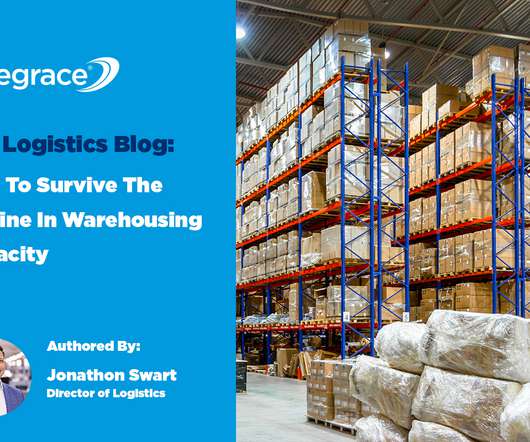Cycle Inventory in Supply Chain Management
Logistics at MPEPS at UPV
APRIL 22, 2018
As we were studying logistics and supply chain, something occurred to me: why couldn’t we simply order a lot so that we have enough inventory for a long period of time? Well, reading through logistics article, I found my answer! A typical example of lot size is shown with this graph: Q (lot size) is the quantity order at a time t.














Let's personalize your content